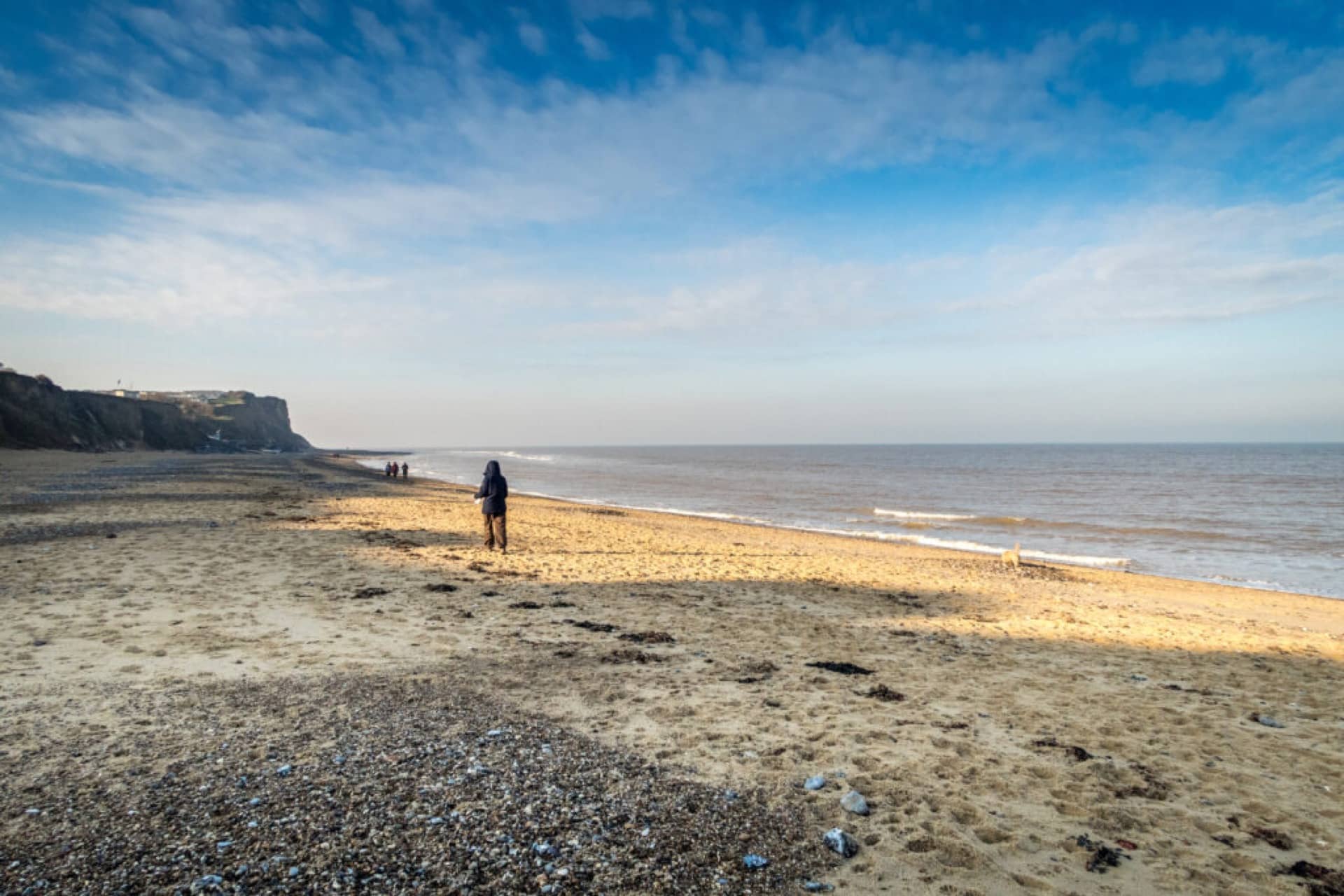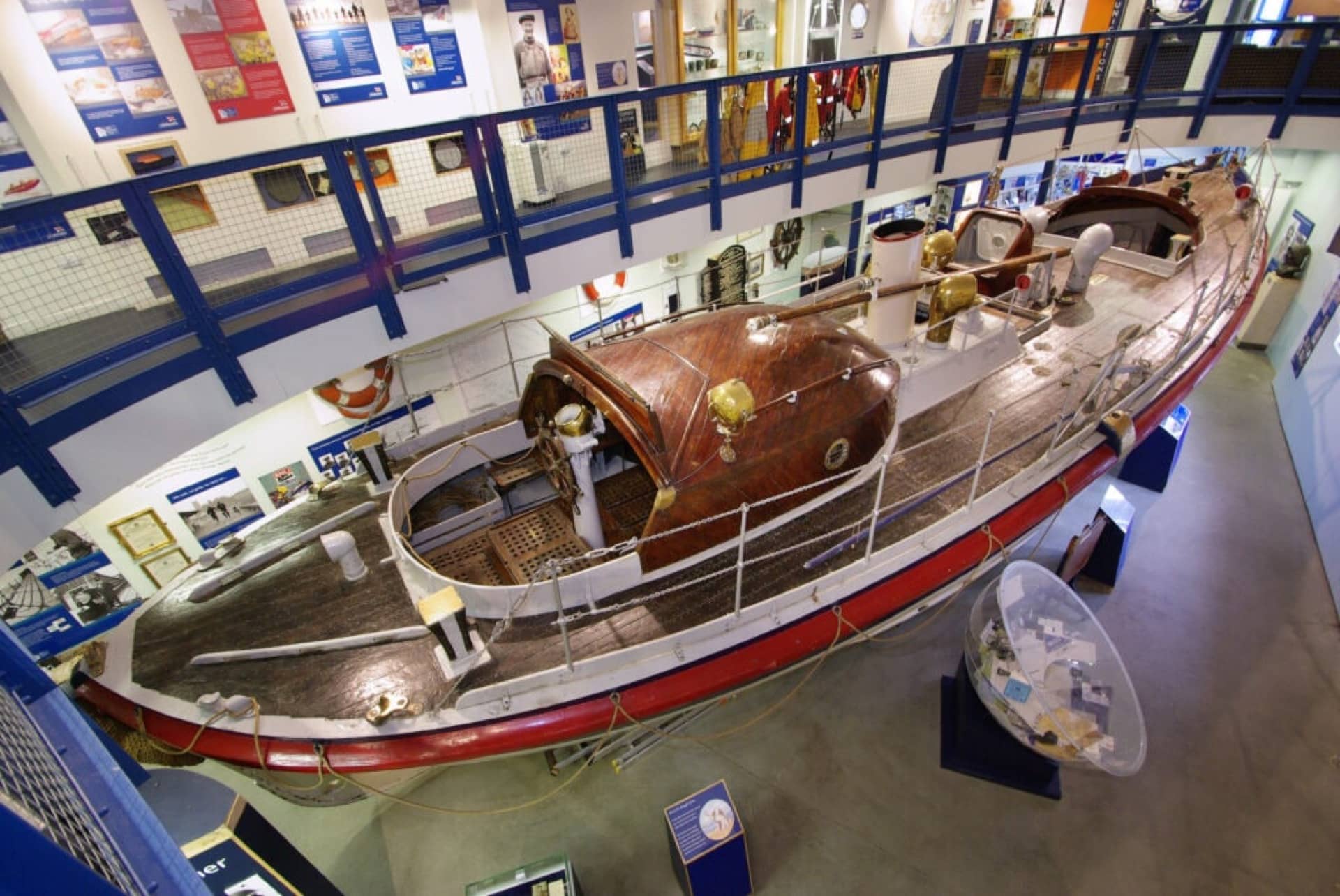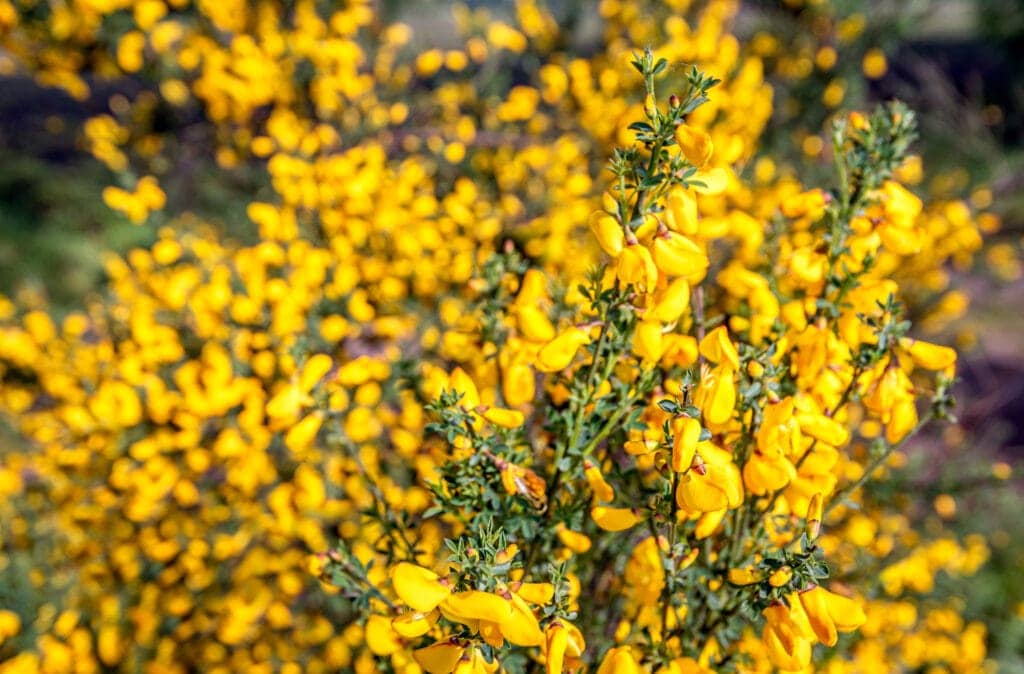
Black Shuck
It’s official, Britain is a nation of dog lovers. Unless that dog is Black Shuck! The spectral hound with a single fiery eye prowls across East Anglia, spotted everywhere from woods and lanes to coastal paths and bus stops. Midnight churchyards are a favourite haunt and Shuck seems particularly fixated on Cromer in North Norfolk – yikes!
Take a winter walk across this haunted land, as smugglers once did while nosey neighbours, terrified by their threatening tales, cowered at home by the fire. Luckily Cromer’s winding streets are full of pubs, cafés, delis and restaurants to get away from roaming phantoms, ready for a night of good food and cosy ghost stories.
Black Shuck is a spirit of the old world and the new, stalking from legend into popular imagination through films, graphic novels, video games, rock music and Sir Arthur Conan Doyle’s Sherlock Holmes story ‘The Hound of the Baskervilles’. In his 1901 ‘Highways & Byways in East Anglia’ W.A. Dutt wrote: “you will do well to shut your eyes if you hear him howling; shut them even if you are uncertain whether it is the dog fiend or the voice of the wind you hear.” A sighting is said to foreshadow misfortune, though others say Shuck guides lost travellers to safety over the marshes. Perhaps it depends if your pocket’s full of doggie treats! But just in case, if you’re passing a Norfolk churchyard at night, take local advice and don’t make eye contact with any giant hell hounds!

The Cromer lifeboatman, Henry Blogg
In every coastal community courageous souls set sail into terrifying storms when inland folk stay safe at home. Among the most famous of them all is Henry Blogg, Coxswain of the Cromer Lifeboat. By trade this modest, quiet-living fellow was a crab fisherman. In summer he rented out deck chairs and beach huts. But it was in rougher weather he made his name as ‘One of the Bravest Men who Ever Lived’.
He won the RNLI gold medal for conspicuous gallantry 3 times and the silver medal 4 times, plus the George Cross for general war service and a British Empire Medal, making him the most decorated lifeboatman in RNLI history. A national hero, commended for remarkable leadership, he celebrated the ‘dogged tenacity’ of his crew and kept the medals in his sideboard, rarely worn.
A lifeboatman since 1909, his first medals were won in 1917 when the Cromer’s lifeboat, Louisa Heartwell, launched 4 times in a relentless storm, to rescue 22 crew onboard the Pyrin, a Greek vessel. Looking forward to bowls of hot soup and a good rest after 14 hours at sea, they learned a Swedish ship Fernabo, had been blown in two by a floating mine. Rowing out more 3 times, it took another 24 hours to save the the stricken men.
By the time Henry retired aged 74 after 53 years of service, he’d saved 873 lives.

Slightly Chilly
Norfolk isn’t immune from chilly weather. Snowy winds can blast straight in from Siberia but usually the winters are mild with fairly low rainfall. It’s wise to pack a bobble hat but there’s no need for ice picks! However, the undulating geography around Beacon Hill tells the story of a much colder past. 430,000 years ago you’d be standing in the path of a huge glacier that extended northwards. The treeless land would be barren with no sign of the woods you see now. You’d experience the bitter chill of a vast ice flow, pouring dirty water from melting crevasses as the last Ice Age thawed.
Today’s gentle hills and valleys were created by this continental ice sheet whose retreat shaped the land forming what we now call the Cromer Ridge.
The area is now under the careful stewardship of the National Trust and autumn is a spectacular time to explore the woodland tracks. Around Beacon Hill and Lion Mouth near stately Felbrigg Hall, oaks and sweet chestnut trees are a haven for deer and squirrels. You might spot a jay’s bright blue flash or shimmer of crow’s plumage as the branches drop their leaves for the winter’s rest.
And if you’re wondering about the ‘Roman Camp’ on maps, no archaeological remains have ever been found. There are earthworks, but they’re not believed to be Roman. The name is likely to have been rustled up by Victorian cabbies, spinning tall tales for tourists. Hope they got a good tip!

Gold on Incleborough Hill
Whatever the time of year there are glorious coastal panoramic views from the pretty heathland of Incleborough Hill, literally one of Norfolk’s high points. Amid muted midwinter tones it’s a particularly lovely surprise to come across the golden fizz of furze flowers. Bright yellow gorse blossom’s warm coconut fragrance is reminiscent of holidays and Piña Coladas, a peachy sunshine scent sweetening Norfolk’s coastal paths even in the depths of winter.
On these tranquil slopes you’d never guess there are silent battles taking place right in front of your eyes. And the adversaries are plants.
There’s an old proverb ‘When the gorse is out of bloom, kissing’s out of season’, said with a wink, for gorse seems to flower all year. True love is never out of fashion! But the spiky plant’s erratic flowering pattern is a deliberate tactic in a relentless evolutionary war between the gorse and its nemesis, the gorse seed weevil. These pesky weevils love to munch gorse petals, but they hibernate in winter, so the cold weather blossoming is a sneaky ploy to outmanoeuvre the tiny enemy.
You might find the gorse cloaked in a web of crimson tendrils. This is the dodder plant, a parasite with no roots or leaves. Looking like a tangle of pink noodles, it rarely kills its host although can weaken it. Always spiralling anti-clockwise it’s known as Devil’s Guts, Witches’ Hair, Strangleweed, Hellbine or Wizard’s Net, names which tells you a lot about country folks’ opinion of this weird plant.
Build your own itinerary
If you fancy creating your own itinerary for a day trip to Norfolk or a longer visit, it couldn’t be simpler. Just go to Search Activities and select from our wide range of free and paid-for experiences, saving any that capture your imagination with the click of a button.
Once you’ve finished, you’ll find all the information stored in My Favourite, where you can drag and drop activities to create your own day-by-day itinerary! You can download this to a calendar and even share it with friends.
